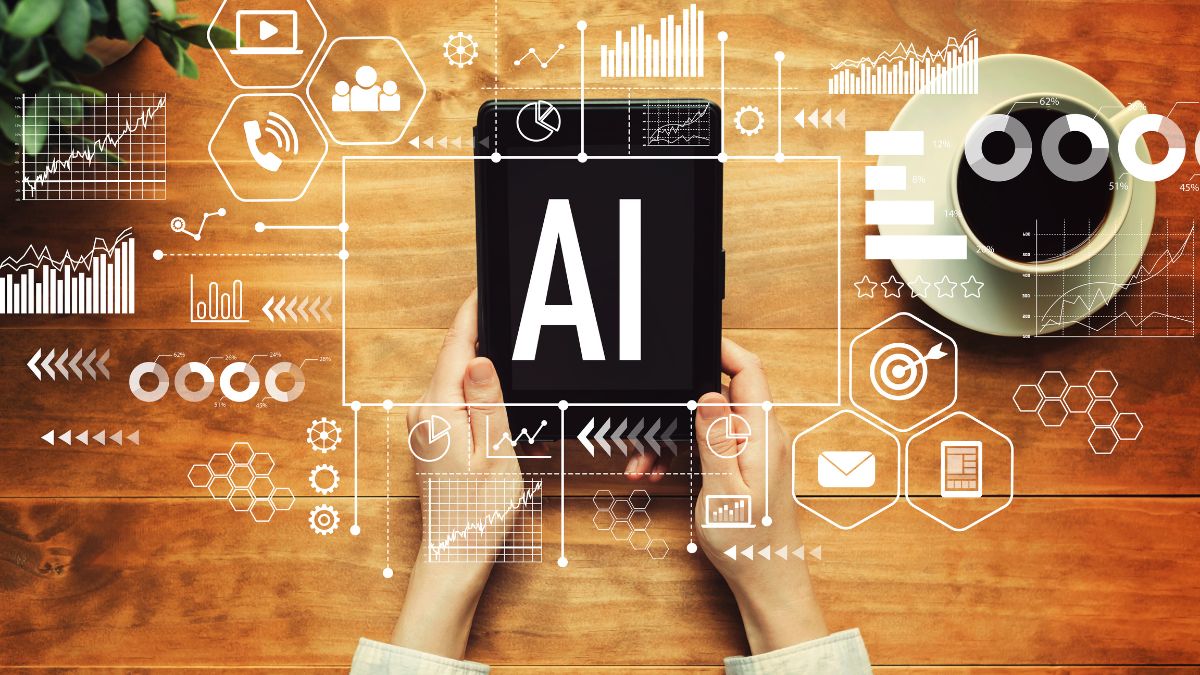As artificial intelligence (AI) continues to become more advanced and integrated into our daily lives, there is growing concern around the issue of AI bias. AI bias refers to the phenomenon where AI algorithms discriminate against certain groups of people or exhibit unfair behavior based on certain characteristics. This article will explore the different aspects of AI bias, including what it is, how it manifests, and its impact on society.
What is AI Bias?
AI bias can be defined as the systematic error in an algorithm that results in unfair treatment of individuals or groups. It can occur in different forms, such as biased data selection, biased algorithm design, and biased human input. AI bias is often a result of a lack of diversity in the data used to train the algorithm or the people involved in its development.
Types of AI Bias
There are different types of AI bias, including explicit, implicit, unintended, and historical bias. Explicit bias refers to situations where the algorithm is designed to discriminate against certain groups of people. Implicit bias refers to situations where the algorithm has learned to associate certain characteristics with negative outcomes, even if these associations are not based on reality. Unintended bias refers to situations where the algorithm has not been designed to discriminate, but it still produces discriminatory outcomes. Historical bias refers to situations where the algorithm is based on historical data that reflects discriminatory practices.
The Impact of AI Bias
AI bias can reinforce discrimination and exacerbate existing inequalities. For example, AI algorithms used in criminal justice systems have been shown to disproportionately target people of color. In addition, AI algorithms used in hiring and recruitment have been shown to discriminate against women and people with non-traditional backgrounds. The potential consequences of unchecked AI bias are significant, including perpetuating social injustice and damaging trust in AI technology.
Causes of AI Bias
AI bias can arise from several factors, including biased data selection and preparation, biased algorithm design and implementation, and human bias in the development process. Lack of diversity in the tech industry can also contribute to AI bias, as the perspectives and experiences of underrepresented groups are often excluded from the development process.
Addressing AI Bias
To address AI bias, developers must design and implement bias-aware algorithms, increase diversity in the tech industry, and consider ethical considerations in AI development. Best practices for preventing AI bias include evaluating the data used to train the algorithm, ensuring that the algorithm is transparent and explainable, and monitoring the algorithm’s performance for potential biases.
The Future of AI Bias
As AI continues to become more prevalent, the potential for AI bias to become more widespread is a concern. There is a need for continued monitoring and regulation of AI technology to ensure that it is used ethically and fairly. Promising developments in addressing AI bias include the development of bias mitigation techniques and the incorporation of diversity and inclusion principles into the development process.
Case Studies
There are several examples of AI bias in real-world applications, including in criminal justice, hiring and recruitment, and facial recognition technology. AI bias has been shown to have a significant impact on marginalized communities, including people of color, women, and individuals with disabilities.
The Intersection of AI Bias and Ethics
The ethical implications of AI bias are significant, and it is important to consider ethical considerations in AI development. Balancing the benefits of AI with potential harms is a key challenge facing developers, regulators, and society as a whole.
AI Bias and Regulation
Current efforts to regulate AI bias include guidelines and principles developed by organizations such as the EU and the IEEE. The role of government in addressing AI bias is an ongoing issue, with some advocating for stricter regulation and others advocating for self-regulation by the tech industry. Regulating AI bias is not without its challenges. One issue is the difficulty in defining what constitutes bias and how to measure it. Additionally, regulations may stifle innovation and limit the potential benefits of AI. There is also the question of how to enforce regulations across borders and in different industries.
Conclusion
AI bias has the potential to cause harm to individuals and reinforce discrimination in society. It is a growing concern that needs to be addressed by developers, organizations, and governments alike.
It is important to increase awareness of AI bias and its potential impact. Organizations and governments must take action to prevent and address AI bias in their systems. This includes developing bias-aware algorithms, increasing diversity in the tech industry, and adhering to ethical guidelines for AI development.
As AI continues to evolve and become more integrated into our lives, the issue of AI bias will become even more pressing. It is crucial that we continue to monitor and regulate AI systems to prevent harm to individuals and society as a whole. By taking action now, we can ensure that the benefits of AI are realized without reinforcing discrimination or perpetuating harmful biases.

[…] has the potential to transform our world for the better. However, it is important that we approach AI development and use it responsibly, with a focus on ethics and the public good. By doing so, we can […]